About
Our research. Research in the Yaliraki group is concerned with developing theory to study the structure and dynamics of mesoscopic systems in complex environments. Of particular interest is understanding the properties of biomolecules and molecular-based materials when in strong interaction with their environment - such as when assembled in nanostructures. The motivation is to elucidate the microscopic driving interactions for assembly, to follow the evolution of the ensuing properties from single species to the mesoscale and to unravel the dependence of quantum properties on topology and geometry of the components of the composite system.
Our approach. While accurate methods exist both for isolated small molecules and bulk materials, new theoretical methods are needed to choose the relevant variables (rather than to completely enumerate them) that span time and length scales so that mesoscopic systems at the interface of modern chemistry, materials science and chemical biology can be addressed. Our approach relies on a combination of analytical and computational tools from quantum and statistical mechanics as well as applied mathematics. We collaborate with several experimental groups in the United States, Israel and Europe.
Our work. We have recently shown that we can represent biomolecular structures through energy-weighted, atomistic graphs [04,05] and have developed a series of methods that by exploring stochastic processes on these graphs can very efficiently reveal functional properties of interest across different scales.
Our methods. Two of these methods, Markov transients and Bond-to-bond propensity, have been shown to accurately identify hotspots on a protein surface [01,02]. These hotspots have been correlated with sites of interaction with another ligand, or with another protein. We present here an interactive interface for curious scientists to upload their own protein structure, in the hope of yielding novel biological insights.
The ProteinLens team
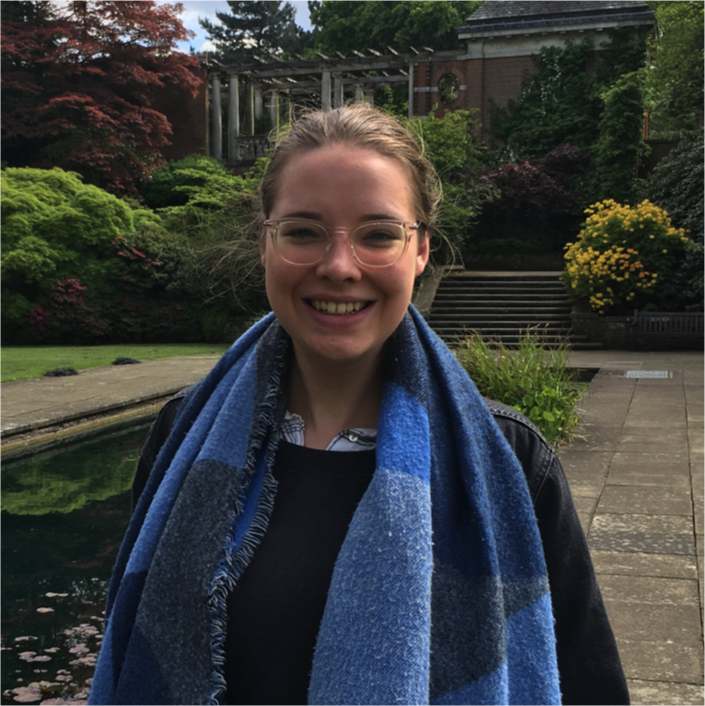






Credits
Funding bodies. We thank Imperial College London, EPSRC, the Institute of Chemical Biology, the Wellcome Trust and the Grantham Institute for funding. Specifically, Florian and Francesca are funded by EPSRC grant number EP/L015498/1. Léonie is funded by a Wellcome Trust PhD grant number 215360/Z/19/Z. Sophia M, Sophia Y and Mauricio acknowledge funding from the EPSRC award EP/N014529/1 supporting the EPSRC Centre for Mathematics of Precision Healthcare.
Personal Acknowledgments. We thank Benjamin Amor and Antoine Delmotte for the invaluable theoretical work which underpins this web based application.
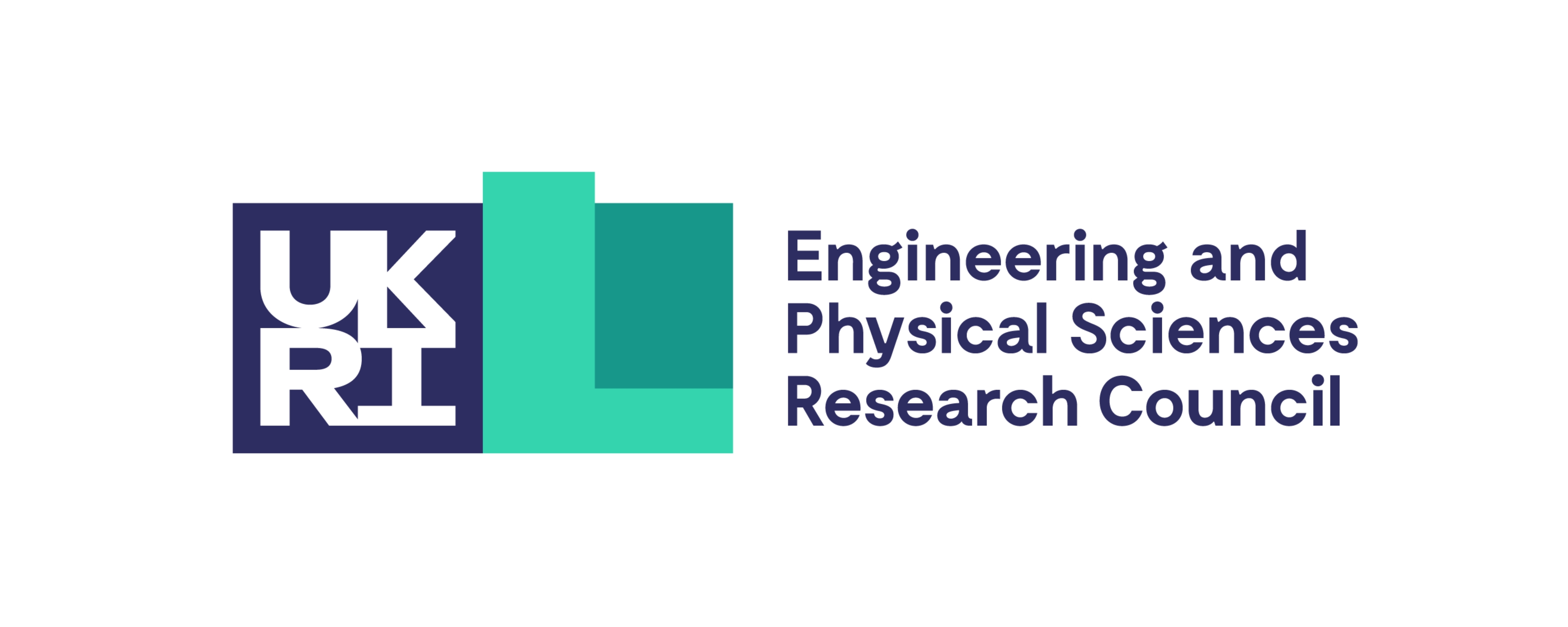
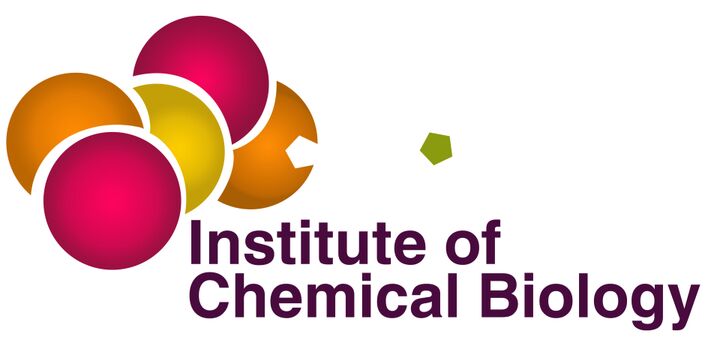
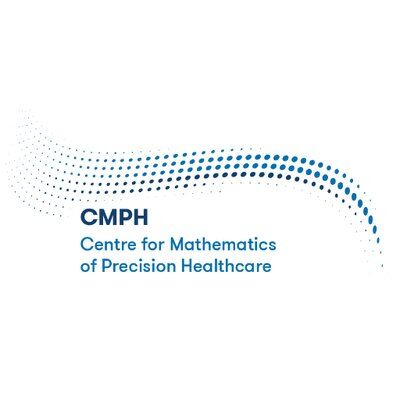

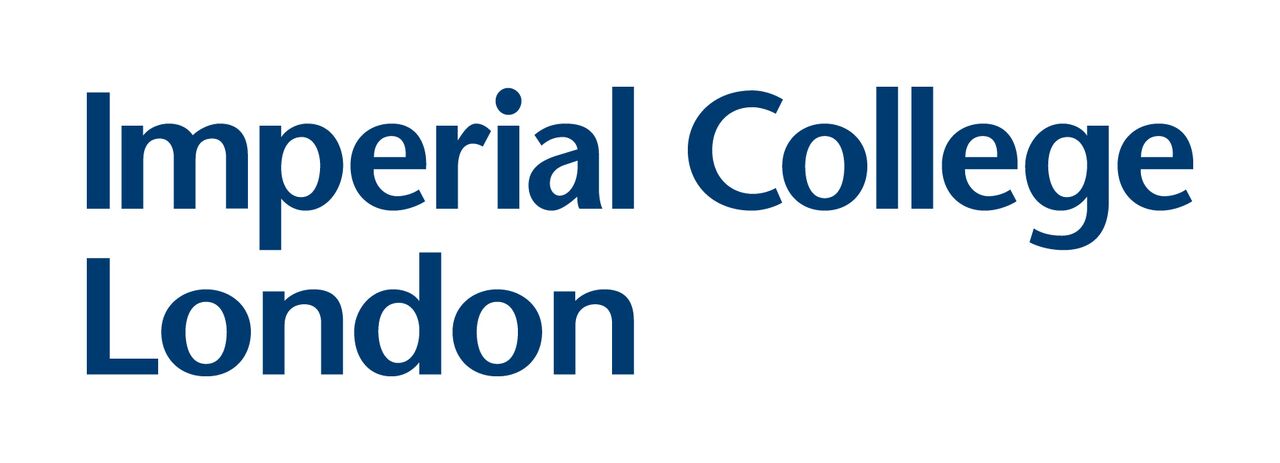

Contact information
For any ProteinLens query, or just to say hello, please do contact us at proteinlens@imperial.ac.uk.
The Yaliraki group is located in the Department of Chemistry at Imperial College London:
Legal disclaimers
Accessibility
Please find our accessibility statement here.
Terms and Conditions of Use
Read the following Terms and Conditions of Use carefully before using or accessing the ProteinLens website. If you do not agree to these Terms and Conditions of Use, you may not access or otherwise use any part of the ProteinLens website, including the web-based application contained therein. Imperial College London reserves the right to update or revise these terms and conditions, please check them periodically to review any changes. Your continued use of the ProteinLens website following the posting of any changes to these terms and conditions constitutes acceptance of those changes.
- Acknowledge that ProteinLens is intended purely for research purposes. It should not be used for medical or professional advice.
- Acknowledge that ProteinLens is provided "as is", without any explicit or implied warranties or guarantees of service, and at your own risk.
- Acknowledge that Imperial College London specifically disclaims of any liability, loss, damage or risk incurred as a consequence, directly or indirectly, of the use of the ProteinLens website.
- Acknowledge that Imperial College London does not assume any responsibility for the service or the results posted (whether as to their accuracy, completeness, quality or otherwise).
- Acknowledge that we cannot and do not guarantee that the ProteinLens website and any attachment or emails are free of viruses and such like. You are therefore recommended to take all appropriate safeguards before downloading files from the ProteinLens website and/or opening links contained in ProteinLens emails.
- Agree to ONLY use ProteinLens, the materials contained within the ProteinLens website and the files you may download or create as a result of using the ProteinLens website for purposes covered by the CC BY-NC 4.0 license.
- Acknowledge that Imperial College London reserves the right to withdraw the service or make access subject to payment, as it may decide if it considers that any user is making excessive use of the service.
Privacy Policy
ProteinLens is committed to respecting your privacy and protecting your personal information
- We will be transparent about the information we are collecting and what we will do with it.
- We will use the information you give us for the purposes described, which include providing you with services you have requested and enhancing your experience with ProteinLens.
- We will put in place measures to protect your information and keep it secure.
- We will respect your data protection rights and aim to give you control over your own information.
Third party Libraries and Software used by ProteinLens (and the pertaining licenses)
| Library/Framework | Release Version | License |
|---|---|---|
| Bootstrap | 4.3.1 | The MIT License |
| D3.js | 5.16.0 | 3-clause BSD |
| Django | 3.1 | 3-clause BSD |
| Ionicons | 5.2.3 | The MIT License |
| jQuery | 3.4.1 | 3-clause BSD |
| MathJax | 2.7.5 | Apache License 2.0 |
| NGL Viewer | 2.0.0-dev.36 | The MIT License |
| popper.js | 1.14.7 | The MIT License |
Browser Compatibility
| OS | Chrome | Edge | Firefox | Safari |
|---|---|---|---|---|
| Linux | ||||
| MacOS | ||||
| Windows |